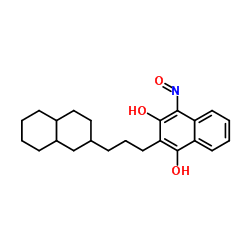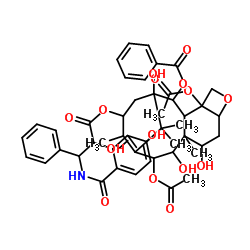Modest hypoxia significantly reduces triglyceride content and lipid droplet size in 3T3-L1 adipocytes.
Takeshi Hashimoto, Takumi Yokokawa, Yuriko Endo, Nobumasa Iwanaka, Kazuhiko Higashida, Sadayoshi Taguchi
文献索引:Biochem. Biophys. Res. Commun. 440(1) , 43-9, (2013)
全文:HTML全文
摘要
A previous study has demonstrated that endurance training under hypoxia results in a greater reduction in body fat mass compared to exercise under normoxia. However, the cellular and molecular mechanisms that underlie this hypoxia-mediated reduction in fat mass remain uncertain. Here, we examine the effects of modest hypoxia on adipocyte function.Differentiated 3T3-L1 adipocytes were incubated at 5% O2 for 1 week (long-term hypoxia, HL) or one day (short-term hypoxia, HS) and compared with a normoxia control (NC).HL, but not HS, resulted in a significant reduction in lipid droplet size and triglyceride content (by 50%) compared to NC (p<0.01). As estimated by glycerol release, isoproterenol-induced lipolysis was significantly lowered by hypoxia, whereas the release of free fatty acids under the basal condition was prominently enhanced with HL compared to NC or HS (p<0.01). Lipolysis-associated proteins, such as perilipin 1 and hormone-sensitive lipase, were unchanged, whereas adipose triglyceride lipase and its activator protein CGI-58 were decreased with HL in comparison to NC. Interestingly, such lipogenic proteins as fatty acid synthase, lipin-1, and peroxisome proliferator-activated receptor gamma were decreased. Furthermore, the uptake of glucose, the major precursor of 3-glycerol phosphate for triglyceride synthesis, was significantly reduced in HL compared to NC or HS (p<0.01).We conclude that hypoxia has a direct impact on reducing the triglyceride content and lipid droplet size via decreased glucose uptake and lipogenic protein expression and increased basal lipolysis. Such an hypoxia-induced decrease in lipogenesis may be an attractive therapeutic target against lipid-associated metabolic diseases.Copyright © 2013 Elsevier Inc. All rights reserved.
相关化合物
| 结构式 | 名称/CAS号 | 分子式 | 全部文献 |
|---|---|---|---|
 |
酯酶 来源于猪肝脏
CAS:9016-18-6 |
C23H29NO3 | |
 |
胆固醇酯酶 来源于猪胰腺
CAS:9026-00-0 |
C47H53NO15 |
|
Pathway Pattern-based prediction of active drug components a...
2013-03-01 [Mol. Biosyst. 9(3) , 375-85, (2013)] |
|
Vascular smooth muscle cells isolated from adipose triglycer...
2013-05-01 [Biochem. Biophys. Res. Commun. 434(3) , 534-40, (2013)] |
|
Neural stem cell-mediated delivery of irinotecan-activating ...
2013-12-01 [Stem Cells Transl. Med. 2(12) , 983-92, (2013)] |
|
Different hydrolases involved in bioactivation of prodrug-ty...
2013-11-01 [Drug Metab. Dispos. 41(11) , 1888-95, (2013)] |
|
Alteration of the expression of pesticide-metabolizing enzym...
2013-02-01 [Drug Metab. Dispos. 41(2) , 326-31, (2013)] |